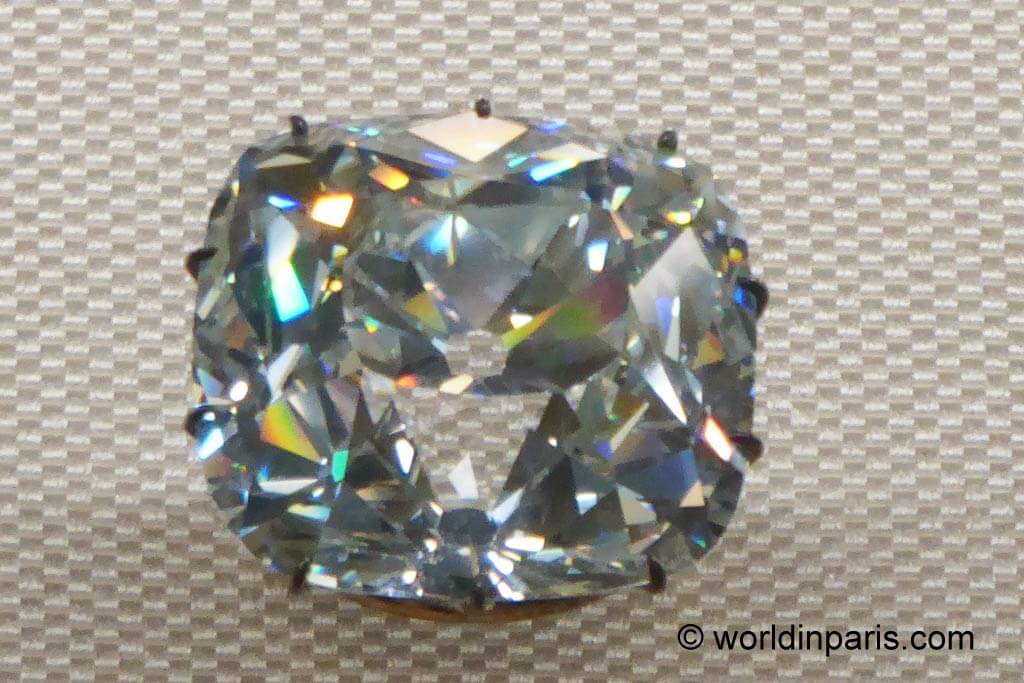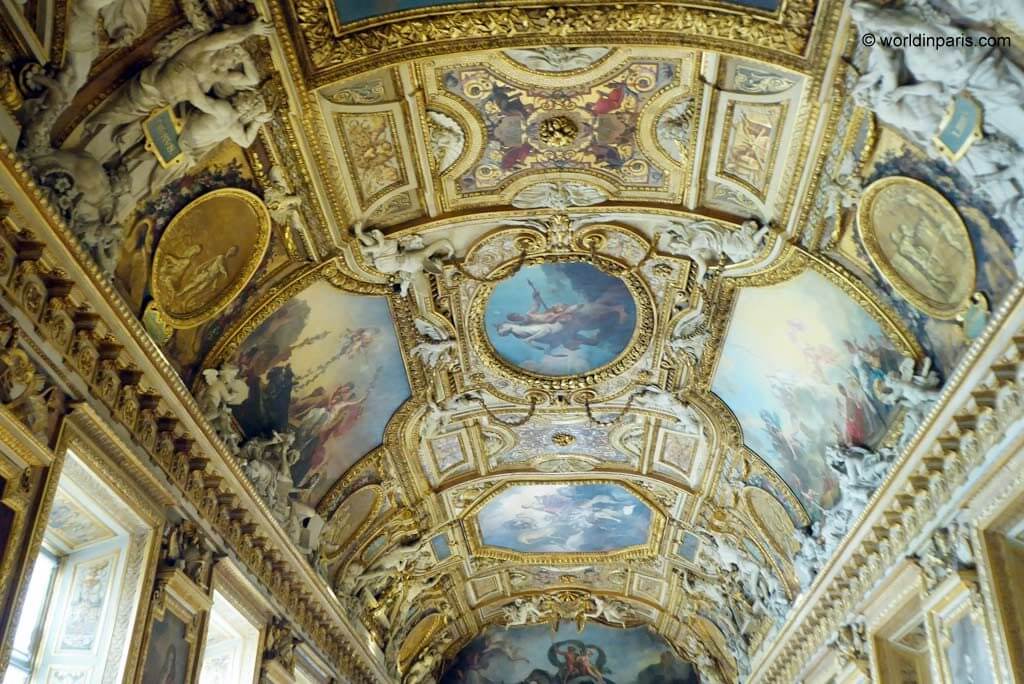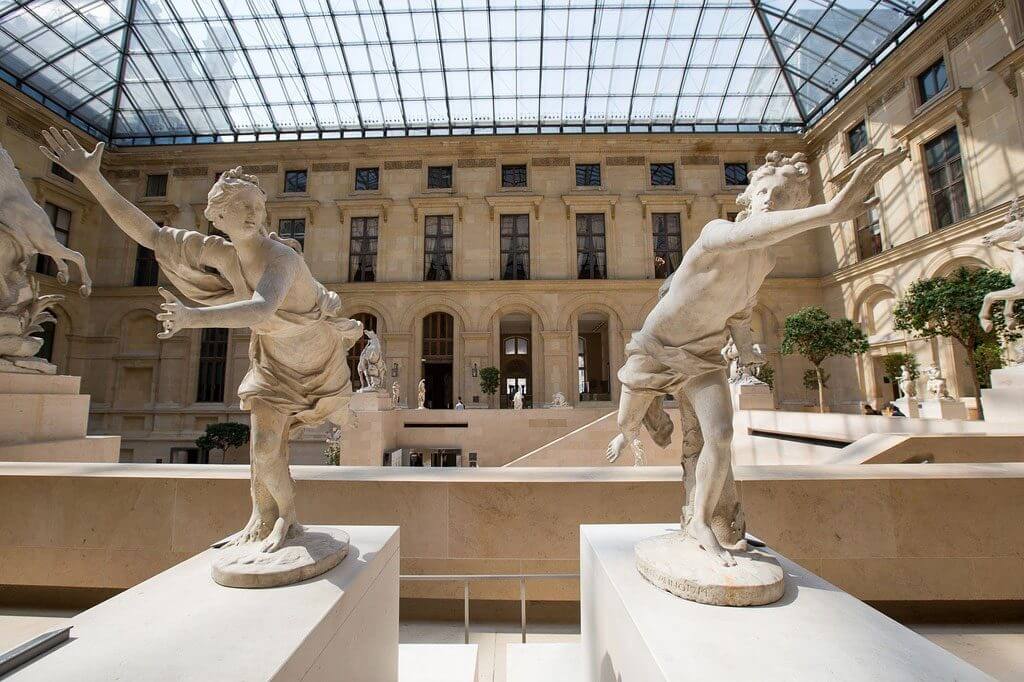The magnificent diamond Le Régent is one of the top treasures of the Louvre Museum. This impressive 140-carat diamond was part of the French Crown Jewels, the symbols of Royal power between 752 and 1825. Le Régent’s flawless brilliance and perfect cut make it the finest and most beautiful diamond in the world. Keep on reading to learn the intriguing history of the Regent Diamond.

Plan your Visit to the Louvre Museum
History of the Regent Diamond
According to a legend, the diamond was found by a slave in 1608 in a mine in Andhra Pradesh, India. The uncut diamond was 410 carats, and the slave decided to hide it in a large wound on his leg. Eventually, the diamond was discovered, and the slave was robbed and killed.
Later, this diamond was in the hands of an Indian merchant who sold it to Thomas Pitt, the Governor of Madras. Thomas Pitt sailed the diamond to London, hidden in the heel of one of his son’s shoes.
In London, the diamond was cut into a 141-carat magnificent jewel. After some negotiations with different Royal Houses, in 1717, Thomas Pitt sold the diamond to Philippe d’Orléans, the Regent of France at that time.
Once acquired by the French crown, the stone came to be known as ‘Le Régent’ or the Regent Diamond, in honour of Philippe d’Orléans. The Regent Diamond was set into King Louis XV‘s crown for his coronation in 1722 and into the new crown for his successor King Louis XVI in 1775.
Later, the Regent Diamond was placed on Queen Marie-Antoinette’s black velvet hat, Napoleon I’s sword, and on the crowns of King Louis XVIII, King Charles X, Napoleon III, and finally on Empress Eugenie’s tiara.
In 1887 the Third French Republic decided to sell the Crown Jewels hoping that their dispersal would undermine the royalist cause. Only a few jewels like Le Régent escaped the sale for historical reasons, and they were sent to the Louvre.
During the Nazi occupation, the Regent Diamond was sent to the Loire Valley – just like the Mona Lisa and the other Louvre artworks – to keep it far from Hitler’s hands. More precisely, the Regent Diamond was hidden in the plaster sealing the marble of a fireplace, in Château de Chambord.
On August 25, 1944, Paris was liberated by the Allies, and on May 8, 1945, Germany unconditionally surrendered, and the war in Europe was over. The Regent Diamond could return to the Louvre for the pleasure of our eyes.
The Regent Diamond in the Louvre

Today, the Regent Diamond and the surviving French Crown jewels are on display in the Galérie d’Apollon (Denon Wing, 1st floor, room #705). This gallery, recently restored, was King Louis XIV’s first royal gallery, used as the model for the famous Glass Gallery in Versailles. Don’t miss the gallery’s impressive vaulted ceiling!
Is the Regent Diamond Cursed?
Due to the misfortune of those who owned the stone – starting from the Indian slave who found it – the Regent Diamond is said to be cursed.
The original story of the killing of the slave who found the stone tarnished Thomas Pitt’s reputation, as well as the reputations of his descendants. It also put his life in danger, as he had several enemies who wished to steal it from him.
In France, Louis XVI and Marie Antoinette were decapitated, and Louis XVIII was exiled twice and ultimately died childless. Charles X was forced to abdicate the throne and died of Cholera. The two Napoleons died in exile.
One of the few people who escaped the Reget Diamond curse was the Regent (the duke Philippe d’Orléans), who died in Versailles in the arms of his mistress.





